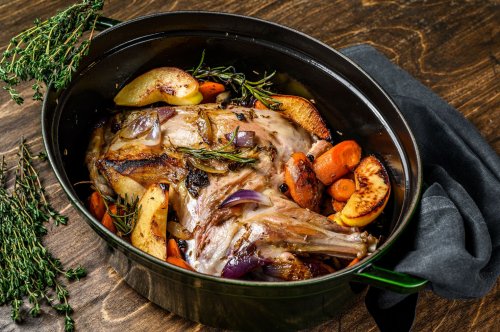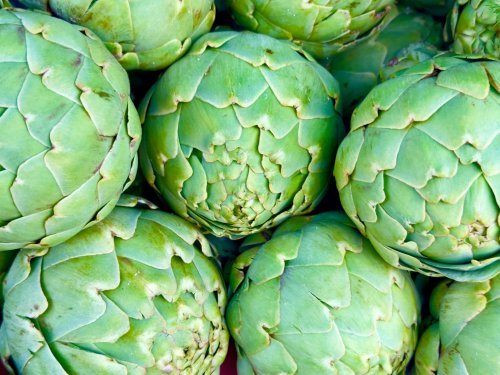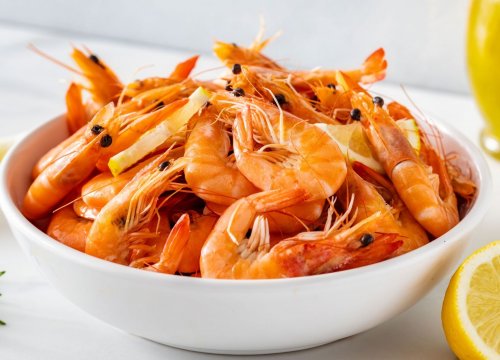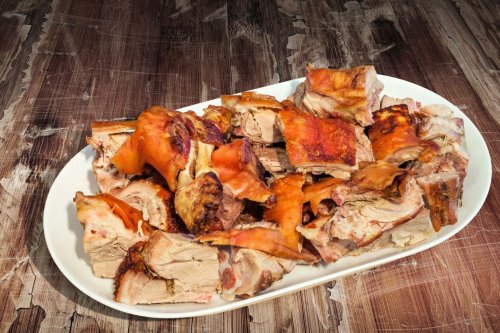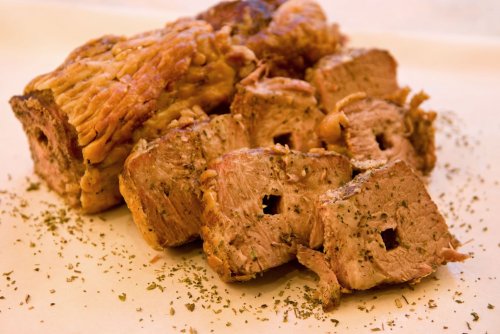Argolida, a paradise of traditional gastronomy
The reason for a trip to the Argolis may be its fascinating ancient history and its world-renowned monuments, such as the Palace of Mycenae and the Theater of Epidaurus, but if one seeks the culinary tradition of this place, one will be surprised by its rare goodies.
In fact, from long ago, during the golden decades when the Theater of Epidaurus staged works of ancient drama with sacred monsters such as Veakis, Minotis, Paxinou, Synodinou, the multitude of Athenians who stayed overnight in the hotels of the surrounding area looked for a place after the performance to eat something good.
Many famous taverns in the old Epidaurus and in general the areas around the Theater offered fine dishes of the local gastronomy that remained historically as haunts of both the troupes themselves and the spectators.
Most still retain their reputations and famous dishes, and are worth a visit for a combination of food for the mind and body. Taverns and restaurants that are constantly upgrading their quality will also be found in Nafplion.
But where he will enjoy rare delicacies are the beach tavernas of Koilada, the bay that hosts the famous Koilada shrimps and which are served fresh and delicious, along with a multitude of seafood dishes for every taste.
Argolida is a place famous for its horticulture. The protagonists are citrus fruits and especially oranges, which have been cultivated extensively throughout the prefecture since the beginning of the last century.
Varieties abound, from Merlins and Navalines to crimson Sanguines and Valencias, all with juicy, fragrant and sweet fruits.
Argolida also produces excellent pomegranates that have recently deservedly won the Ermionis PDO Pomegranate certification. After all, who hasn't heard of the Argentinian melon, the "King", as the locals call it, with its characteristic elongated shape and amazing aroma? Artichoke PGE Irion is also famous.
In Iria, the largest area of artichokes in Greece is cultivated (an important part of which is organic) and every spring the Artichoke Festival is organized with many local recipes, based on this excellent product.
Argoli olive oil is famous, with PDO Kranidi and PDO Troizinia olives crowned, which stand out for their deep color and aroma. In Kranidi, every November there is also a big olive oil festival, to celebrate the year's harvest.
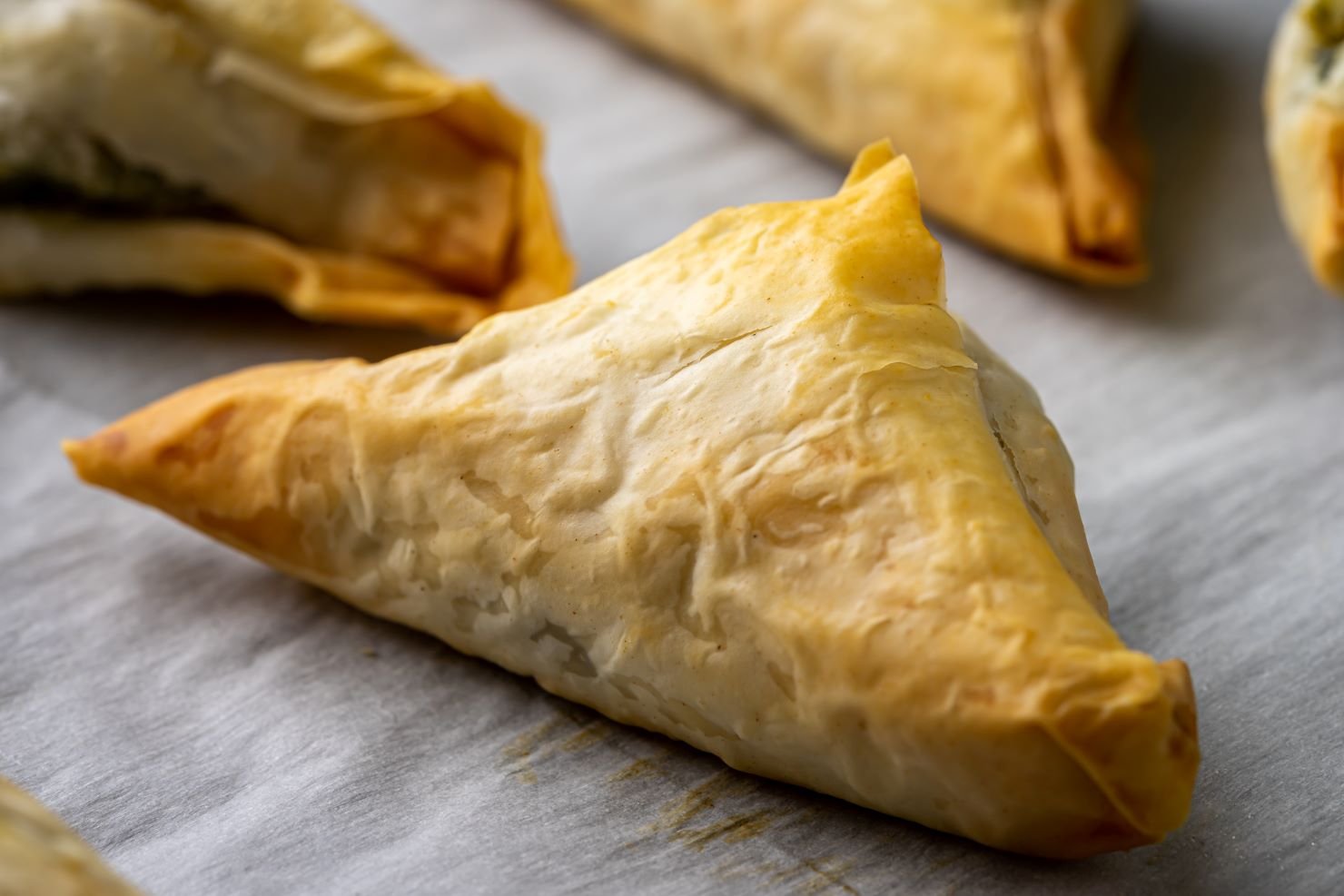
The cheeses of Argolis are also well-known and great, such as feta, graviera, yogurt, kefalotyri
The small livestock farms in the mountainous areas of the prefecture work wonders and their products are in demand, such as the creamy, soft feta cheese with its refreshing taste and delightful thickness. In Trachia you will also try the excellent kefalotiri, which is famous for its thick taste.
In cities and villages, the local cuisine is flourishing, both with the old traditional recipes of the place and with new creative cooking ideas based on the fine ingredients of the region. In traditional taverns, the star is the "gyosa", the slow-roasted sheep for hours (sometimes also the goat) and in general the dishes with local meats.
The goat with artichokes is delicious in the season when the artichokes are fresh, while the "bogana" lamb with large pieces of lamb or even whole, is slow-cooked with potatoes, tomato, butter and fresh herbs and literally melts in the mouth!

Pork fritters, char-grilled meat, boiled goat, spit-roasted pork, short spits and celeriac are exquisite meat delights that you should not miss.
The culinary feast is completed with incredible savory and sweet pies such as "pumeki", that is, the dense milk pie without leaves, but also the excellent tyrolagano, a Nauflian cheese pan pie filled with feta cheese, green onions and dill, crispy and incredibly delicious.
A separate category of the Argolic tradition is its wines, with the king of the red Agiorgitiko belonging to the Nemea PDO wine-growing zone.
However, it is not the only variety: Roditis, Assyrtiko, Lagorthi, Kalliniatiko, Malagouzia, Moschofileto, Athiri thrive here, as well as French varieties such as Merlot or Cabernet Shauvignon.
Near Porto Heli, the local Rokaniaris variety is grown, a white wine that goes perfectly with the seafood and fish of the area.

Gastronomy

